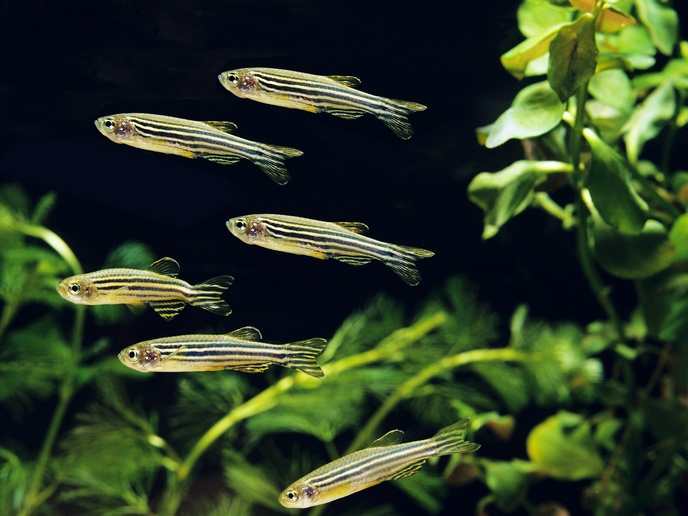Understanding an animal’s ability to adapt to climate change
The world is getting hotter. In fact, according to data from the EU’s Copernicus Climate Change Service, 2024 was not only the warmest year ever recorded, it was also the first to see average global temperatures exceed 1.5 °C above pre-industrial levels. Needless to say, this increase in temperature is having a profound impact on nature. While some scientists predict that climate change will lead to a mass extinction, others wonder whether some species will evolve and adapt to a hotter environment. One of those scientists is Amanda Pettersen, an evolutionary ecology researcher at the University of Glasgow. With the support of the EU-funded MITOCHADAPT project and the Marie Skłodowska-Curie Actions programme, Pettersen’s research focused on mitochondria, those cellular structures responsible for generating most of a cell’s energy. “We wanted to understand how mitochondria respond to changes in environmental temperature and whether this response can evolve so that animals are able to cope with environments that are warming due to climate change,” says Pettersen.
A parent’s ability to shape the metabolism of their offspring
To find out, Petterson conducted her research on fish, which are particularly vulnerable to climate change as their body temperature matches that of the surrounding water. Specifically, she investigated the effect the temperature and feeding frequency experienced by parent zebra fish have on offspring phenotypes and early survival at different developmental temperatures (24 °C or 30 °C). “Metabolic rates are linked to key life-history traits that are thought to set the pace of life and affect fitness, yet the role that parents may have in shaping the metabolism of their offspring to enhance survival remains unclear,” explains Pettersen.
Producing offspring better suited to survival with climate change
Based on her research, Pettersen concluded that adult fish exposed to a stressful environment, such as warm temperatures and low food availability, can produce offspring that are better suited to that particular environment. “These fish produce larger embryos, which in turn develop into fish that have a lower rate of metabolism,” adds Pettersen. “This lower metabolism makes the fish more energy-efficient and thus better adapted to a warmer reality.” While these findings provide evidence for adaptive parental effects, Pettersen notes that this is only true when the parental and offspring environments match.
Making animals more resilient to climate change
According to Neil Metcalfe, a professor at the University of Glasgow and one of Pettersen’s collaborators, these results suggest that animals may have the capacity to tailor their offspring for a slowly changing environment. “This would make them more resilient to climate change, but as of yet we don’t know what the limits of this flexibility are or whether the same response is found across other species,” he says. While much of the data gathered during the project is still being analysed, some of its initial results have already been published, including by ‘The Royal Society’.
Keywords
MITOCHADAPT, climate change, mitochondria, animals, metabolism



